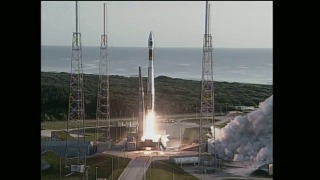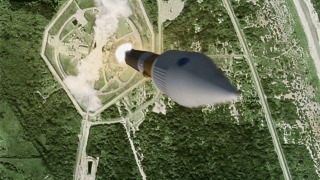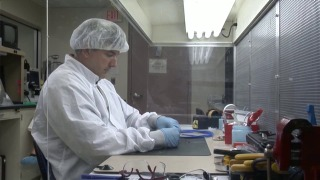| Next Tape |
Goddard TV Video Tape: G2007-065AHD -- LRO Resource Tape |
||
Movie |
Title |
|
|
|
Star Trackers Light the Way | |

|
The Atlas V Rocket Is Readied | |

|
LRO/LCROSS Launch, Deploy, and Mission Animation | |

|
Assembly of the Lunar Reconnaissance Orbiter (LRO) | |